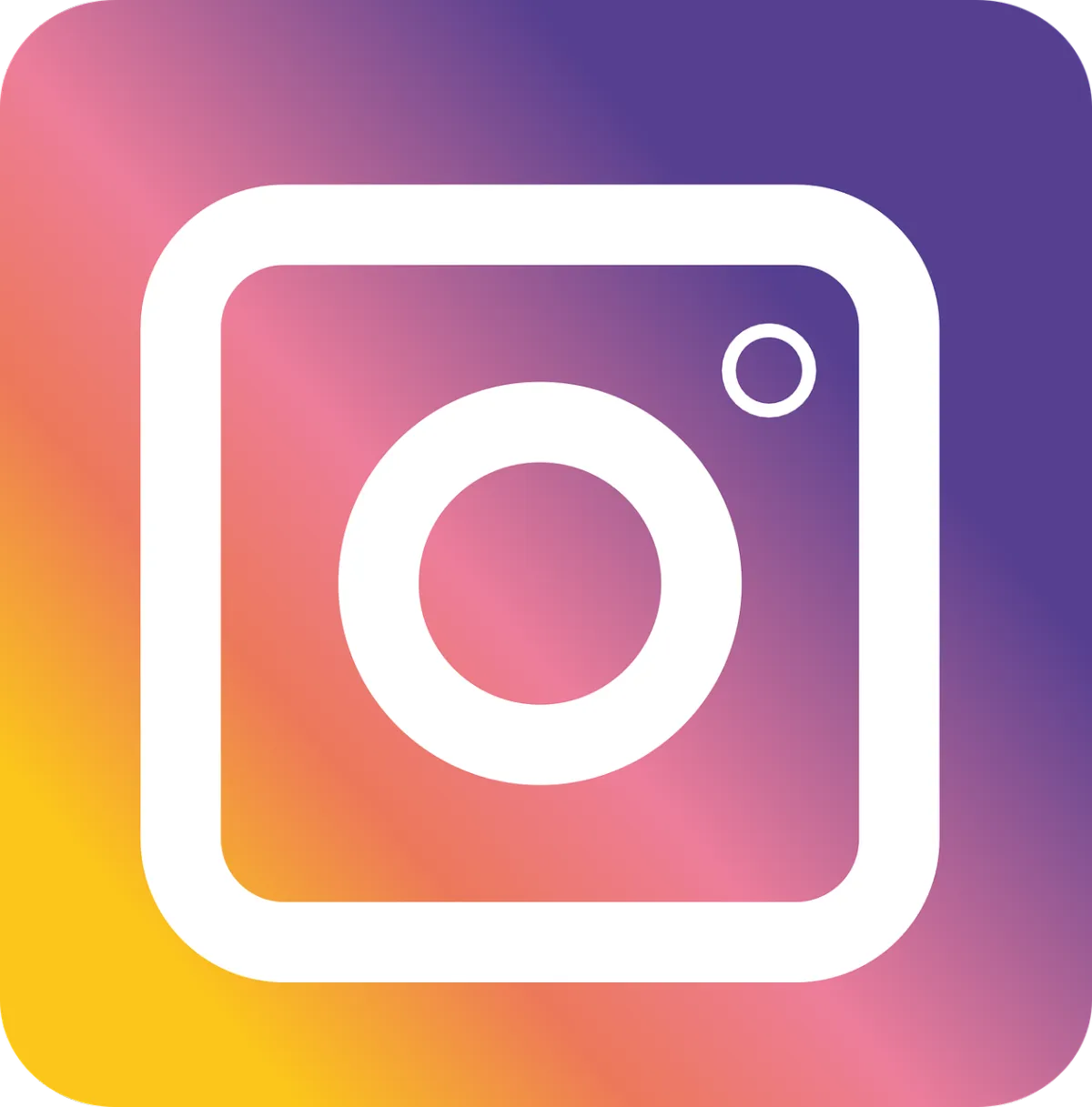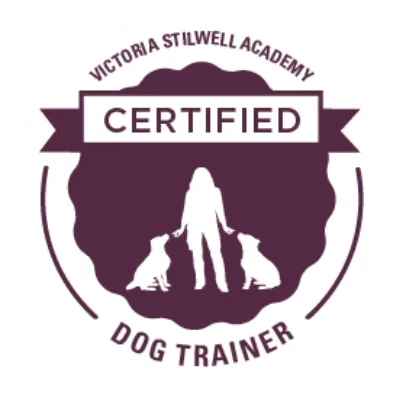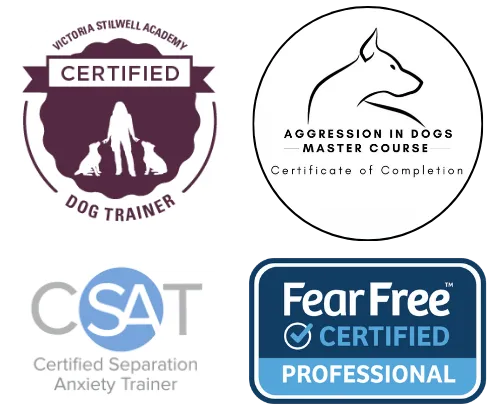Collars
We all know what they are, but do we really understand their function? Are they tools or accessories? How do you pick a collar?
Let's dive in!

Most Humane

Flat Buckle Collars
Ideal for holding identification tags
Safe for daily wear
Not intended for dogs who pull
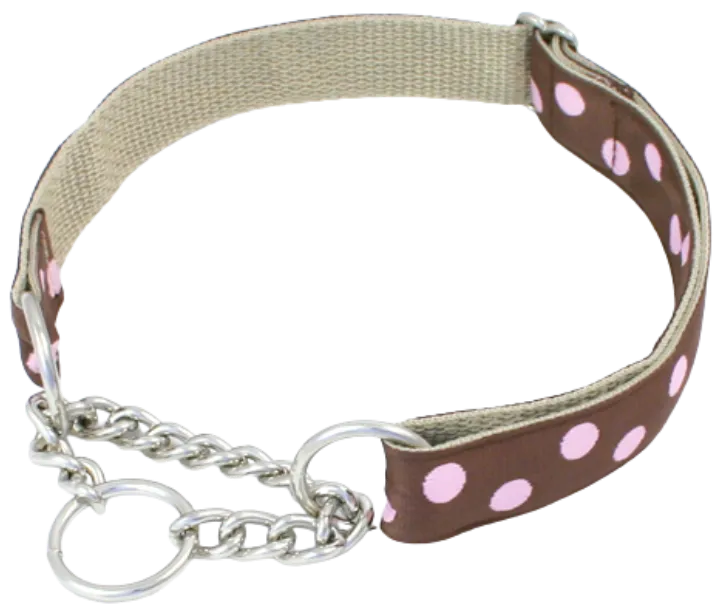
Martingale Collars
For dogs with narrow necks (i.e. Whippets)
For dogs prone to slipping out of collars
Not intended for dogs who pull
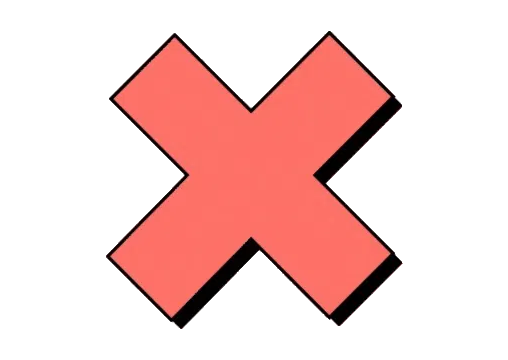
Avoid These
"Because it works" should NOT be your only deciding factor when selecting a training tool.
These tools get results through causing pain, discomfort & fear, & can often exacerbate behavioral issues. Not to mention, when you remove the tool, the underlying behavior still exists.

Prong Collar
Including prongs with tips
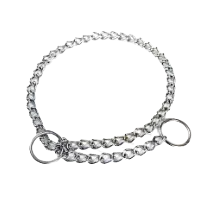
Chain Collar
AKA Choke/Pinch Collar
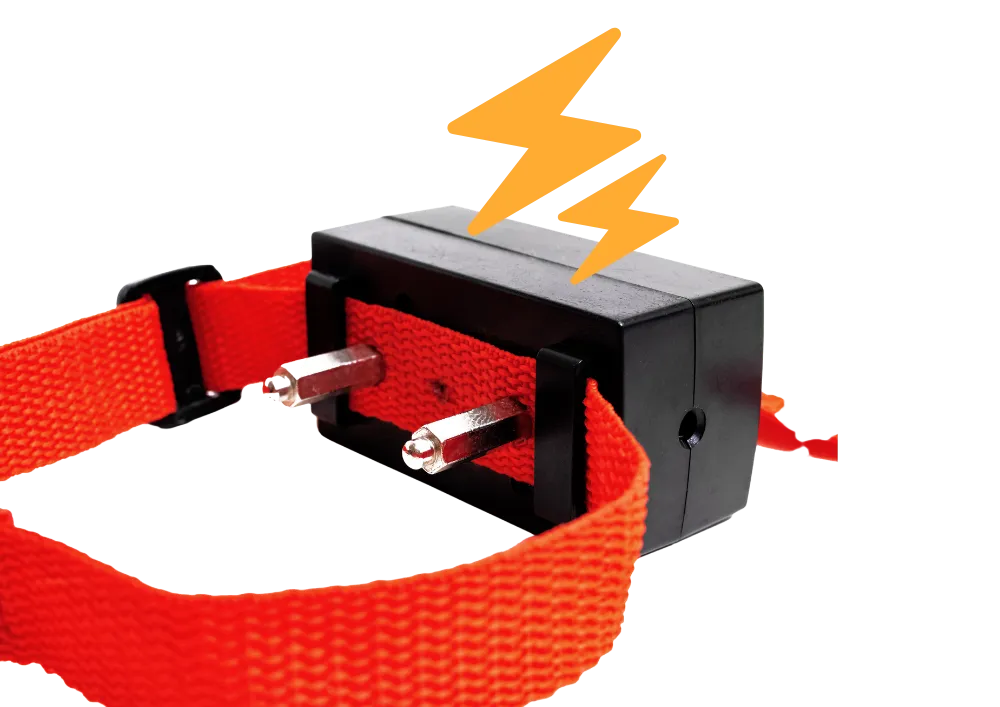
Shock Collar
AKA E-Collars
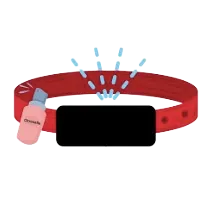
Citronella Collar
AKA Spray Collar
You might see some justification phrases like: "When used correctly...", but it's important to note that these tools are inherently harmful, and there is no appropriate or humane way to use them.
For long-term transformation, you must address the need & emotion driving the behavior.
Seeking help with pulling?
Check out my no-pull harness recommendations!
Frequently Asked Questions
What is the difference between using a collar and a harness?
COLLARS are mainly for attaching identification tags; they are suitable when a dog has already mastered loose leash walking and is not reactive on leash. However, even light pulling can result in serious neck and throat injuries.
HARNESSES are designed to fit around a dog's body, distributing pressure more evenly. Properly selected harnesses redirect a dog’s pulling habits through their center of gravity. I generally recommend harnesses as a safer choice, especially for dogs who are prone to pulling, have a high prey drive, and/or have a tendency to lunge at other animals or distractions while on walks.
Are there any collars that can help with leash pulling?
Collars are not typically the best choice for addressing leash pulling. Instead, front-clip or dual-clip harnesses are more effective for this purpose.
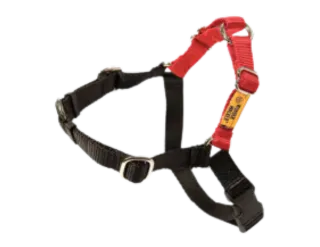
Are choke chains and prong collars safe for my dog?
The safety and effectiveness of these tools are subjects of significant debate and concern within the dog training community. Born to Be Dog Training doesn't recommend or endorse the use of these collars because they can cause serious injuries to a dog's neck, trachea, and esophagus.
Additionally, the pain and discomfort these tools cause may create negative associations with training, objects, people, and other animals. As a result, these experiences induce fear and behavioral issues may escalate. Use of these collars promote control over the dog, rather than addressing the root cause of the behavior. The best way to transform your dog's behavior is to address what is driving the behavior and teach your dog new skills to cope.
How do electronic collars work, and are they humane?
Electronic collars, also known as e-collars or shock collars, deliver varying levels of electrical stimulation directly on your dog's throat. These are also controversial tools, and Born to Be Dog Training does not recommend or endorse their use.
Similar to the risks of prongs and choke chains, e-collars can cause physical and psychological harm to dogs. The electric shocks, regardless of how low the voltage, can result in pain, stress, fear, and even exacerbate reactivity. These tools are punishment-based and can lead to dogs forming negative associations with their surroundings, as the shock doesn't clearly communicate which behaviors are unacceptable. These tools also aim to control behavior, and do not address the underlying cause.
What is a martingale collar, and when should it be used?
A martingale collar is designed to prevent dogs from slipping out of their collars. It consists of two loops: a larger, adjustable loop that goes around the dog's neck, and a smaller loop connected to the leash. When the dog pulls or attempts to back out of the collar, the smaller loop tightens slightly, preventing escape.
These collars do not address or deter pulling. A martingale collar is best used in limited circumstances, most particularly for dogs with narrow heads or those prone to escaping flat buckle collars.

Are there any specific collars recommended for puppies?
Puppies typically do well with flat buckle collars. Ensure the collar is adjustable to accommodate their growth, and monitor it regularly to prevent it from becoming too tight.

Contact Us:
In-Person Service Counties:
Essex, Morris, & Passaic counties
We are located in:
Parsippany-Troy Hills, NJ 07054
DISCLAIMER: Behavior modification is a collaborative process that depends on the consistent implementation of training techniques by the owner. While we specialize in fostering positive behavioral changes, no trainer can guarantee specific outcomes or "cure" a dog's behavior. As behavior is influenced by numerous factors, including environment and individual circumstances, the dog's behavior remains the responsibility of the owner.

© Copyright 2022. Born to Be Dog Training LLC.
All rights reserved.
